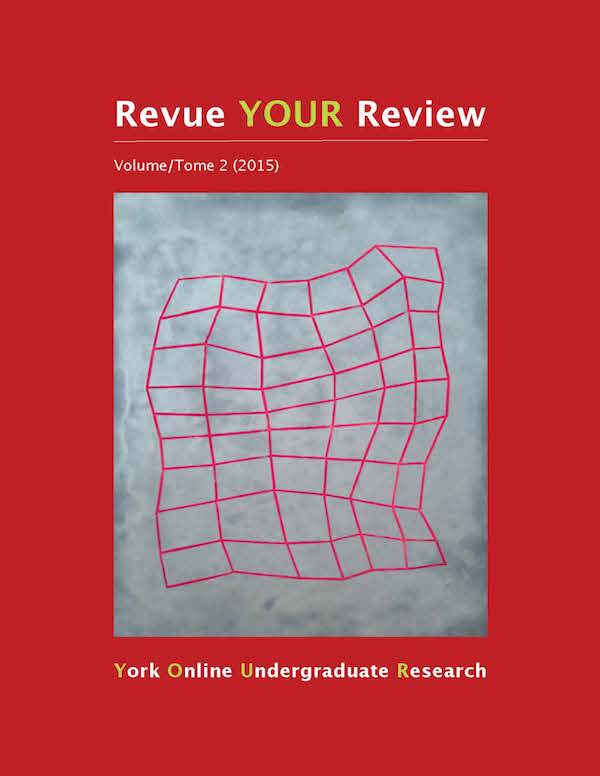Accelerometry of Self-Paced Children's Games During Guided Active Play
Abstract
Accelerometry (ACC) estimates of oxygen cost from linear regression equations (treadmill calibrated) are limited when assessing children’s self-paced active play. The purpose of this study was to determine if the magnitude and direction of ACC estimates were implicated in the poor predictions of children’s self-paced active play. Children’s (n=15, 9.3±1.2 yrs; BMI 20.5±4.0) cardiorespiratory and metabolic responses to treadmill activity (4, 6 and 8 km/h [0% grade]) and active playing of 6 games were determined using FITMATE. Accelerometers (ActiGraph GT3X) collected PA counts (10sec epochs) for all activities. The linear regression equations (VM for time, VO2) generated for each activity, and relative contribution of each axes, were compared (ANOVA) and assessed at p=0.05. During treadmill activity the linear relationships for VM with speed (at 4, 6, and 8kmh) and oxygen consumption (VO2) were 0.90±0.03 and 0.82±0.05, respectively (p>0.05). The linear relationships (VM with time and measured VO2) averaged over 6 self-paced games were 0.061±0.035 and 0.006±0.002 (p<0.05). Linear regressions for each game resulted in a range of intercepts, for VM and time, from 520±198 cnts/10sec to 1189±196 cnts/10sec (p<0.05) compared to treadmill values of 193±95 cnts/10sec (p<0.05). The measured VO2 values for self-paced games were higher at lower counts (VM) for all games. The percent difference in axis contribution to VM between the dominant and lowest axis was 41±14% and 7±5% for treadmill activity and self-paced games, respectively (p<0.05). This study reveals that characteristics of children’s self-paced PA impacts the linear relationship identified by ACC for locomotion activities.
Downloads
How to Cite
Issue
Section
License
Authors contributing to Revue YOUR Review agree to release their articles under one of three Creative Commons licenses: Creative Commons Attribution 4.0 International; Creative Commons Attribution-NonCommercial 4.0 International; or Creative Commons Attribution-NoDerivatives 4.0 International. All editorial content, posters, and abstracts on this site are licensed under Creative Commons Attribution-NoDerivatives 4.0 International. For further information about each license, see:
https://creativecommons.org/licenses/
In all cases, authors retain copyright of their work and grant the e-journal right of first publication. Authors are able to enter into other contractual arrangements for the non-exclusive distribution of the e-journal's published version of the article (e.g., post it to an institutional repository or publish it in a book or in another journal), with an acknowledgement of its initial publication in this e-journal.


